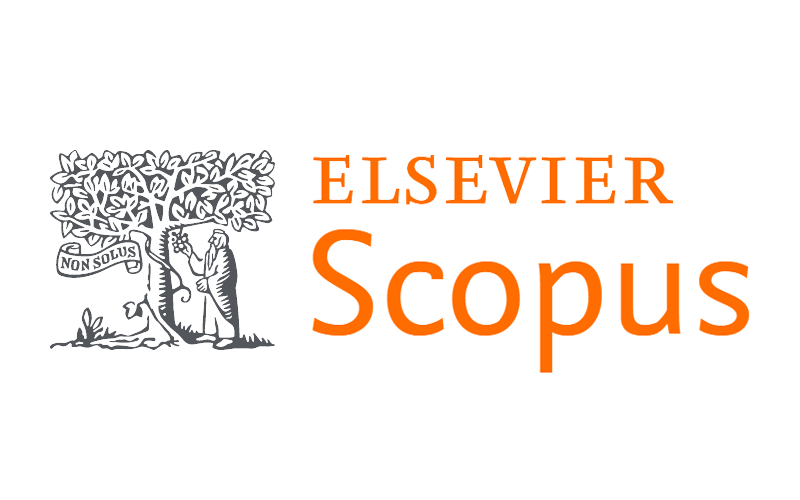2022 Impact factor: 2.2
Plagiarism policy
Plagiarism
A definition of plagiarism is included in the Guidelines to Authors and authors are referred to this policy for the consequences of an offence of this nature. All cases of suspected or alleged plagiarism will be considered seriously and on an individual basis.
Plagiarism is when you use someone else’s work (book, article, website, etc.) or idea without acknowledging them as the source, whether it be copied verbatim or paraphrased.
Self-plagiarism is the re-use of one’s previously published work without citing the original publication.
All manuscripts submitted for consideration for publication will be scanned for potential plagiarism using iThenticate (similarity detection software) before undergoing peer review to verify their originality. Similarity reports will be reviewed individually.
All cases of suspected or alleged plagiarism are considered very seriously in accordance with each journal’s Plagiarism Policy.
Submitted manuscripts
• Suspected plagiarism in a submitted manuscript can be brought to the attention of the journal editor either through the similarity report of the plagiarism detection scan or through a reviewer of the manuscript.
• When a similarity report is indicative of potential plagiarism, the report and manuscript will be examined by the journal editor to determine whether or not material has been plagiarised and, if so, the extent of the plagiarism. When plagiarism is supected, the journal editor will contact the author(s), showing evidence either from iThenticate similarity checks or from a reviewer.
• If material has been plagiarised, the corresponding author will be informed by the journal editor that the manuscript is rejected on these grounds.
• If the extent of the plagiarism is minor and journal editor determines that the author/s did not intend to plagiarise, no further action will be taken. If the plagiarism is extensive or admitted to, the author/s’ institution/s and funding bodies will be informed of the offence (the submitted and plagiarised material will be sent to them) by the journal editor. Authors will be notified that their institution/s will be informed and that they will be banned from submitting to the SAMJ in the future.
• The reader or reviewer reporting the suspected plagiarism will be informed of the outcome of the investigation.
Published articles
• When suspected plagiarism is reported to the Editorial Office, the report will be acknowledged and all relevant documentation/evidence will be retrieved and examined by the journal editor to determine whether or not material has been plagiarised and, if so, the extent of the plagiarism.
• If material has been plagiarised, the corresponding author will be informed by the journal editor and questioned.
• If the extent of the plagiarism is minor and the journal editor determines that the author/s did not intend to plagiarise, a statement indicating the plagiarised material and appropriate reference will be published online and the article online will be linked to the statement and vice versa.
• If the plagiarism is extensive or admitted to, the article will be retracted (see Article Retraction Policy) and a statement published acknowledging the original author/s.
• The author/s’ institution/s and funding bodies will be informed of the offence (submitted and plagiarised material will be sent to them) by the journal editor. Authors will be notified that the relevant institution/s will be informed and that they will be banned from submitting to the (enter journal here) in the future.
• The original author/s and publisher will also be informed of the offence.
• The reader or Reviewer reporting the suspected plagiarism will be informed of the outcome of the investigation.




